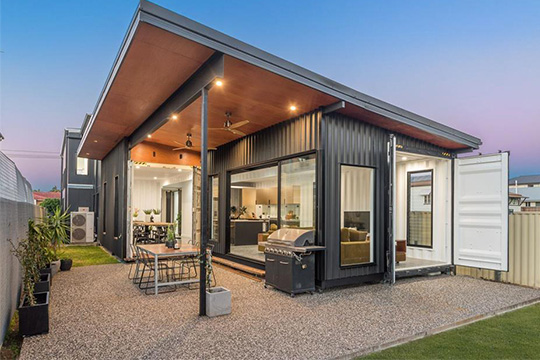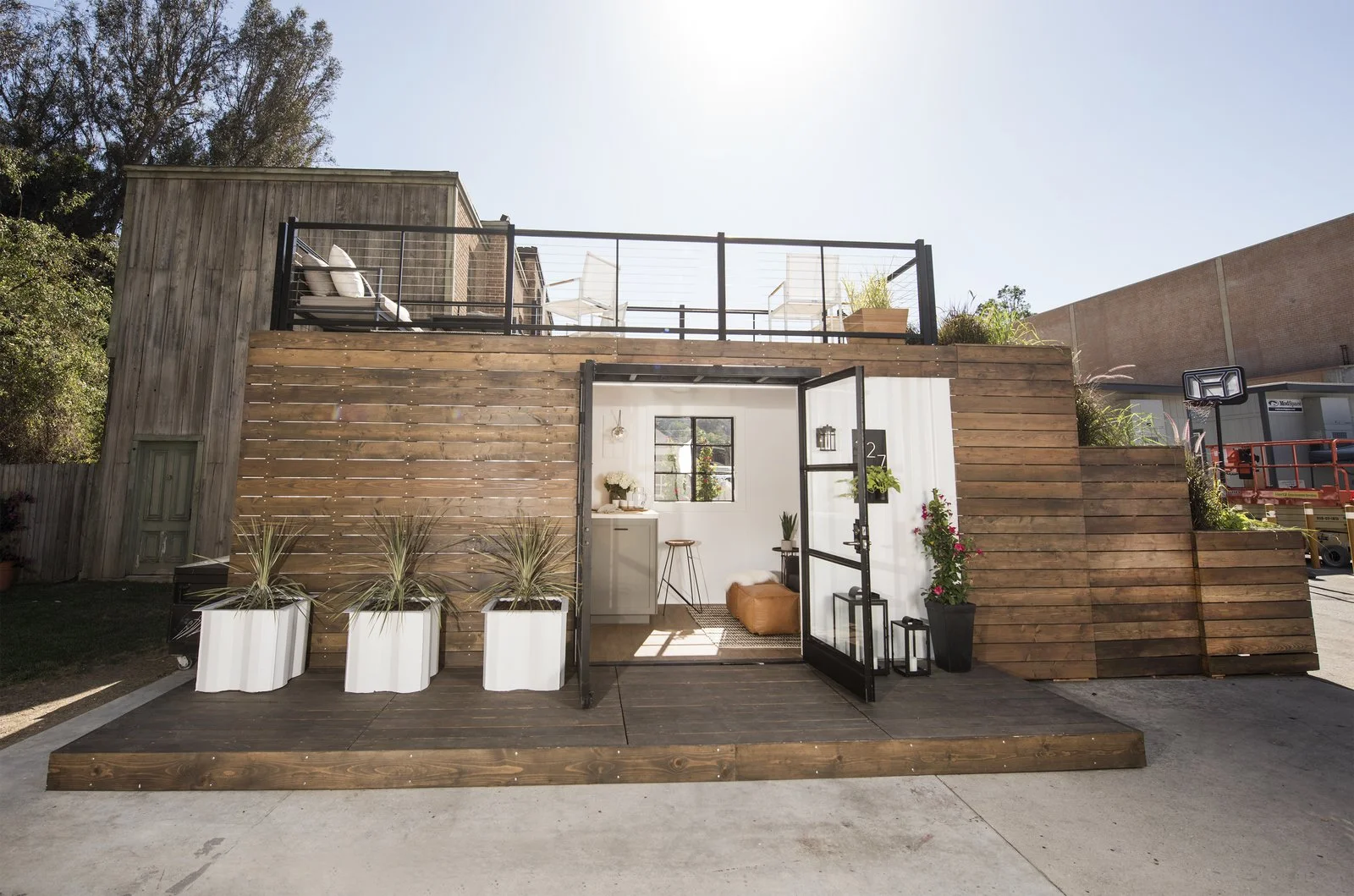Container homes offer unique living spaces, but adequate ventilation is essential for comfort and health. In this article, we’ll explore various ventilation options to ensure a breathable and enjoyable environment within your container home.

Natural Ventilation
Natural ventilation is the simplest and most cost-effective way to keep your container home fresh and comfortable. Utilizing windows, doors, and vents strategically placed throughout the space allows for the flow of fresh air, reducing moisture buildup and preventing stale air. Cross-ventilation, achieved by positioning openings on opposite sides of the container, encourages air circulation and improves indoor air quality.
Roof Vents
Installing roof vents is an effective way to enhance airflow and regulate temperature within a container home. Roof vents, such as turbine or ridge vents, can be installed to exhaust hot air and moisture from the interior, preventing heat buildup and condensation. Additionally, roof vents promote passive cooling by allowing hot air to escape naturally, reducing the need for mechanical cooling systems and lowering energy costs.
Mechanical Ventilation Systems
Mechanical ventilation systems, such as exhaust fans or heat recovery ventilators (HRVs), provide controlled airflow and ventilation for container homes. Exhaust fans installed in kitchens and bathrooms remove excess moisture and odors, improving indoor air quality and preventing mold and mildew growth. HRVs exchange stale indoor air with fresh outdoor air while recovering heat energy, ensuring efficient ventilation without compromising thermal comfort.
Natural Ventilation Solutions
In addition to windows and vents, natural ventilation solutions such as louvers, awnings, and skylights can enhance airflow and daylighting in container homes. Louvers and awnings provide shade and protection from the elements while allowing air to circulate freely. Skylights introduce natural light and ventilation into interior spaces, reducing the need for artificial lighting and improving overall comfort and well-being.
Conclusion
In conclusion, container home ventilation options play a vital role in creating a healthy and comfortable living environment. Whether utilizing natural ventilation strategies, installing roof vents, incorporating mechanical ventilation systems, or integrating natural ventilation solutions, it’s essential to prioritize airflow and indoor air quality in container home design. By selecting the right ventilation options, container homeowners can ensure a breathable and enjoyable living space that promotes well-being and sustainability.
